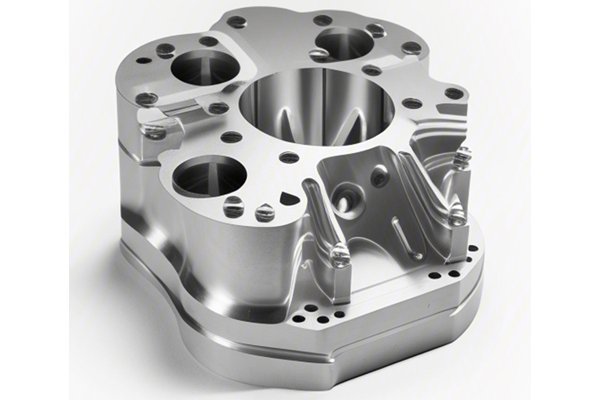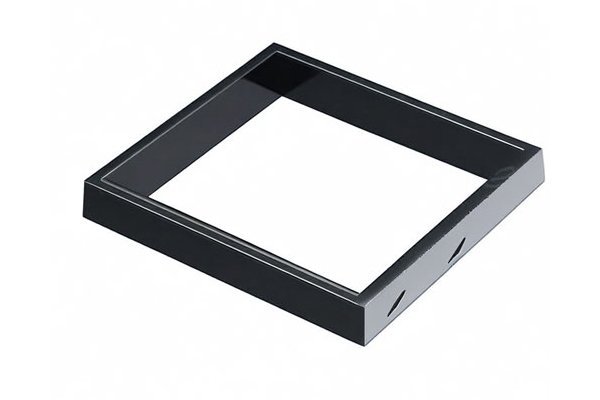Opening
Did you know that up to 30% of the overall costs in manufacturing can be attributed to tool wear and damage? This staggering statistic highlights the critical role tool maintenance plays in CNC machining, especially when it comes to materials as complex as brass. When it comes to producing high-quality brass components, a deep understanding of the factors contributing to tool damage is essential. In this blog post, we will explore the common causes of tool damage in CNC machining brass and provide comprehensive solutions to mitigate these issues.
Understanding Brass
Before diving into the causes of tool damage, let’s take a moment to understand brass as a material. Brass is an alloy of copper and zinc and is known for its excellent machinability, durability, and corrosion resistance. These properties make brass a popular choice in various industries, including automotive, aerospace, plumbing, and electronics. However, despite its machinability, brass presents unique challenges during CNC machining that can lead to tool damage.
Common Causes of Tool Damage in CNC Machining Brass
One of the primary reasons for tool damage is the selection of inappropriate tooling for brass machining. Using the wrong type of tool material, geometry, or coating can lead to premature wear and tear.
Solution:
When machining brass, it’s essential to select tools made from high-speed steel (HSS) or carbide with appropriate coatings, such as TiN (Titanium Nitride) or TiAlN (Titanium Aluminum Nitride). These materials provide better heat resistance and reduce friction, extending tool life.
While brass is known for its machinability, excessive cutting speeds can lead to overheating, which is detrimental to the cutting edges of the tools.
Solution:
Finding the right cutting speed is critical. For brass, starter values can be around 200-250 feet per minute (FPM). Machinists should run trial cuts to determine optimal speeds that minimize heat buildup while maintaining efficiency.
Similar to cutting speed, feed rates must also be optimized to prevent tool damage. If the feed rate is too high, the tool can become overloaded, resulting in nicks or chipping.
Solution:
Understanding the recommended feed rates for the specific brass alloy is crucial. Begin with lower feed rates and gradually increase them while monitoring tool performance and wear rates.
The geometry of the cutting tool plays a vital role in determining its effectiveness and longevity. Tools with worn or chipped edges can lead to poor cut quality and further damage.
Solution:
Regularly inspect and maintain tool geometry. Use tools with polished edges and appropriate rake angles to improve cutting action and reduce wear.
Cutting fluids help in cooling and lubricating the tool while machining. Insufficient fluid can increase friction and heat, leading to tool degradation.

Solution:
Ensure that the correct amount and type of cutting fluid is used for brass. Water-soluble oils or synthetic coolants can provide both lubrication and cooling, reducing thermal damage.
Brass alloys can exhibit variable properties depending on their composition. These differences can lead to inconsistencies in the machining process, causing unexpected tool wear.
Solution:
Conduct material tests to assess the alloy’s specific properties before machining. This helps in adjusting machining parameters to suit the particular characteristics of the brass alloy being processed.
Failing to monitor tool wear can be a significant source of tool damage. Operators may continue machining with worn tools, resulting in poor quality outputs and further acrid damage.
Solution:
Implement a regular tool monitoring system that includes inspection and measurement of tool wear. Utilizing tool condition monitoring (TCM) technologies can help track tool performance and initiate timely replacements.
Advanced Strategies to Minimize Tool Damage
Beyond addressing the common causes of tool damage, several advanced strategies can be employed to optimize the CNC machining of brass:
Simulation software can model the machining process, helping in understanding how tools interact with brass under different cutting conditions. This can lead to optimizing settings even before cutting begins.
Adopting predictive maintenance strategies can help foresee potential tool failures before they happen. Techniques such as data analytics can identify wear patterns, allowing for timely intervention.
Training operators on the specifics of machining brass can bridge the knowledge gap, reducing human error in setting up machining processes.
In some applications, switching from conventional machining to laser processing for brass components can reduce tool wear altogether, as lasers eliminate the need for traditional cutting tools.
Understanding the common causes of tool damage when CNC machining brass is essential for any manufacturing operation that aims to reduce costs and improve efficiency. By paying attention to tool selection, cutting speeds, feed rates, tool geometry, coolant application, and workpiece variability, manufacturers can enhance tool performance and longevity. Implementing advanced strategies such as simulation, predictive maintenance, operator training, and alternative technologies can further safeguard against tool damage.
In summary, this blog article emphasizes the importance of being proactive about tool wear and damage prevention. By considering these factors, manufacturers will not only optimize production efficiency but also ensure high-quality outcomes, making it a vital consideration for any CNC machining operation. The process of CNC machining may seem straightforward, but a deeper understanding of its nuances will undoubtedly lead to success and sustainability in the competitive manufacturing landscape.






